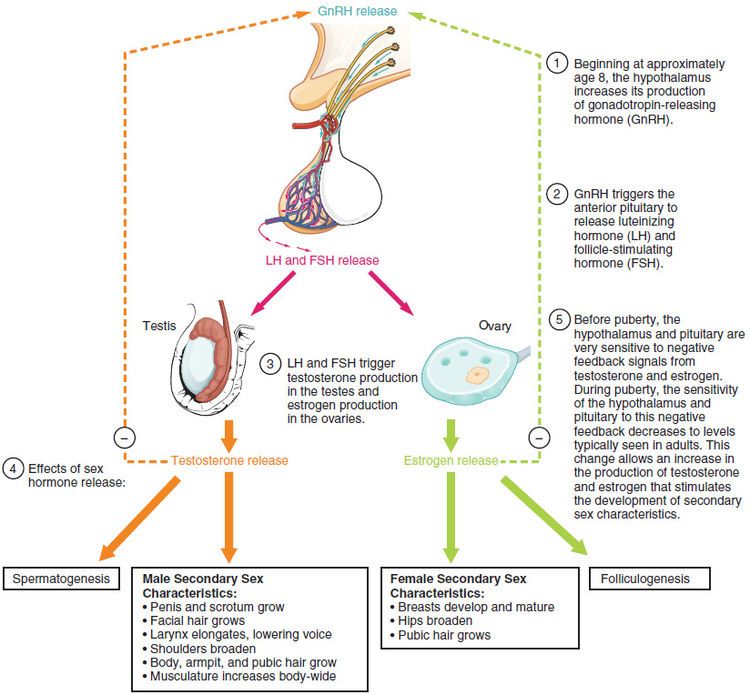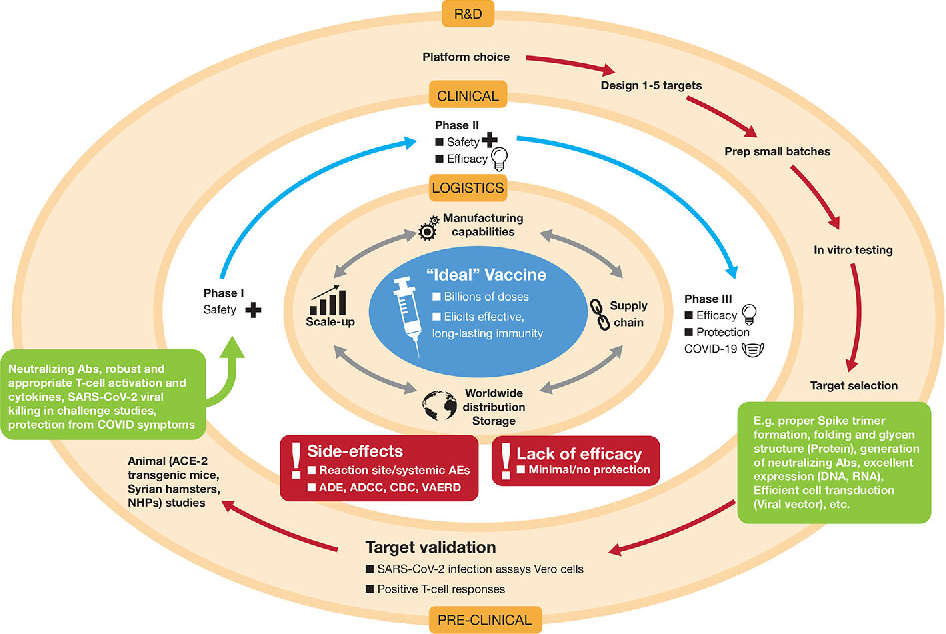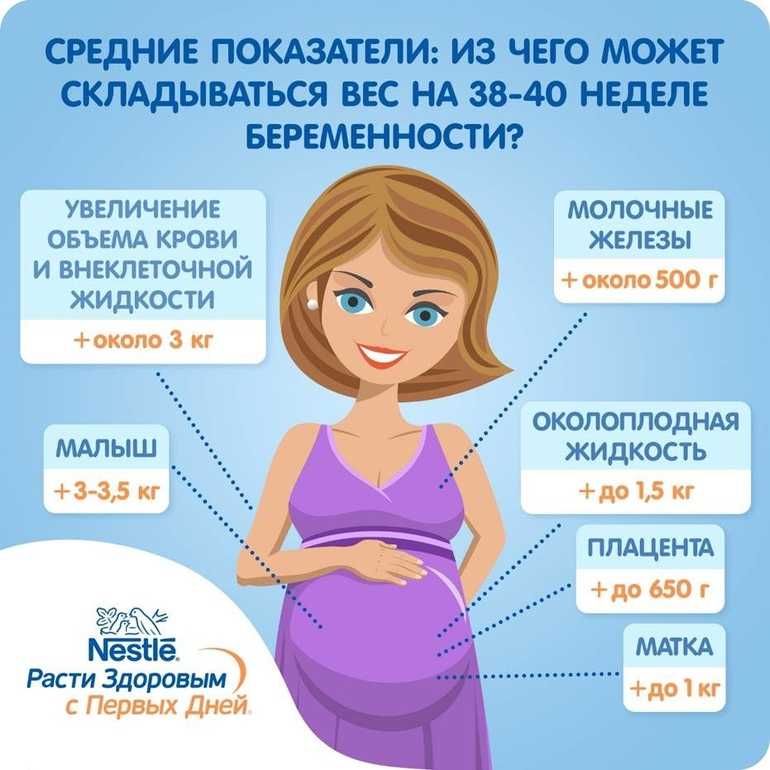How to encourage milk production
Low Milk Supply | WIC Breastfeeding Support
Many moms worry about low milk supply, but most of the time your body makes exactly what your baby needs, even if you don't realize it. There are also ways to tell if your baby is getting enough milk. If you aren't making enough, there are ways you can build your supply. And your WIC breastfeeding staff is always there to help!
Am I Making Enough Milk?
First, look for these signs that your baby is getting enough milk. For example, pay attention to the number of wet and dirty diapers and your baby's weight gain.
Things you should NOT worry about:
- How your breasts feel. Your breasts will feel softer and less full as your milk supply adjusts to your baby's needs. This does not mean you have low supply.
- If your baby nurses for shorter periods of time, such as only 5 minutes on each breast.
- If your baby's feeds are bunched together. This is called cluster feeding and happens when your baby starts nursing more often and for longer.
This can happen in the evenings or because of growth spurts.
- Not getting much milk when you express. Your baby is much more effective than a pump or hand expression at getting out milk. Find tips to help you pump.
If you are still concerned, talk to your baby's doctor about their growth.
Causes of Low Milk Supply
While most moms make plenty of milk, some do have low milk supply. This might happen if you:
- Limit your baby's breastfeeding sessions. Remember, the more you feed on demand, the more milk you make.
- Give your baby infant formula instead of breastfeeding.
- Introduce solid foods before baby is 4-6 months old.
- Take certain birth control pills or other medicine.
- Don't get enough sleep.
- Drink alcohol or smoke.
- Have had breast surgery.
Talk to your doctor if you have hepatitis B or C, herpes, or diabetes. These conditions may also affect milk supply.
Increasing Your Milk Supply
Breastfeeding frequently—especially in the first hours, days, and weeks—is the main way to increase your milk supply. Your body will make milk to meet your baby's demand.
Try these tips to help you make more milk:
- Breastfeed every time your baby is hungry. In the early weeks, your baby will eat 8-12 times every 24 hours. It's best not to put your baby on a strict feeding schedule. Follow your baby's cues, and let your baby tell you when it's time to eat.
- Make sure your baby is latching well.
- Offer both breasts at each feeding. Let your baby finish the first side, then offer the other side.
- Empty your breasts at each feeding.
 Hand express or pump after a feeding to draw out all the milk and signal your body to make more.
Hand express or pump after a feeding to draw out all the milk and signal your body to make more. - Avoid bottles and pacifiers in the early weeks. Feed your baby from your breast whenever you can.
- Get plenty of sleep, and eat a healthy diet.
- Pump or express your milk. Pumping or expressing milk frequently between nursing sessions, and consistently when you're away from your baby, can help build your milk supply.
- Relax and massage. Relax, hold your baby skin-to-skin, and massage your breasts before feeding to encourage your milk to let down.
- Take care of yourself. Get plenty of rest, eat well, drink enough fluids, and let others help you.
Consider Charting Your Progress
Record how often your baby is breastfeeding, for how long, and on which sides. If you are supplementing with infant formula, record how much your baby is getting and decrease the infant formula as your milk supply increases.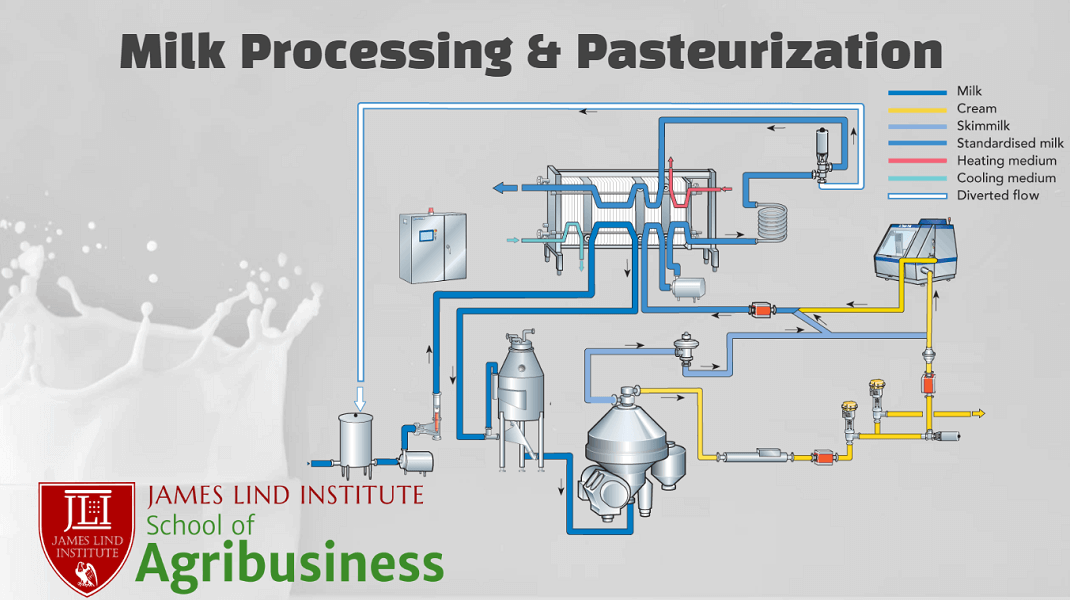 WIC breastfeeding staff can help you determine how much infant formula your baby needs.
WIC breastfeeding staff can help you determine how much infant formula your baby needs.
Still Have Questions?
Contact your WIC breastfeeding expert. They can talk to you about supply concerns and give you tips to increase your supply to meet your baby's needs.
How Breast Milk is Made
Did you know your body gets ready for breastfeeding before you even give birth? While you are pregnant, your breasts change. These changes allow your breasts to make milk and may cause them to feel fuller and more tender.
Once your baby is born, their suckling releases hormones in your body that cause your breasts to make and release milk.
If you are concerned that your milk has not come in or that you are not making enough milk, speak with WIC breastfeeding staff.
Role of Your Breasts
Milk production occurs within the alveoli, which are grape-like clusters of cells within the breast. Once the milk is made, it is squeezed out through the alveoli into the milk ducts, which resemble highways. The ducts carry the milk through the breast.
The ducts carry the milk through the breast.
The size of your breasts does not affect your ability to breastfeed. Women with small breasts make the same quantity and quality of milk as women with larger breasts.
Role of Your Brain
When your baby suckles, it sends a message to your brain. The brain then signals the hormones, prolactin and oxytocin to be released. Prolactin causes the alveoli to begin making milk. Oxytocin causes muscles around the alveoli to squeeze milk out through the milk ducts.
When milk is released, it is called the let-down reflex. Signs of milk release are:
- Tingling, fullness, dull ache, or tightening in the breasts (although some moms do not feel any of these sensations).
- Milk dripping from the breast.
- Uterine cramping after you put baby to the breast during the first few days after birth.
To encourage your milk to release, try these methods:
- Find ways to relax, such as going to a calm place or trying deep breathing.
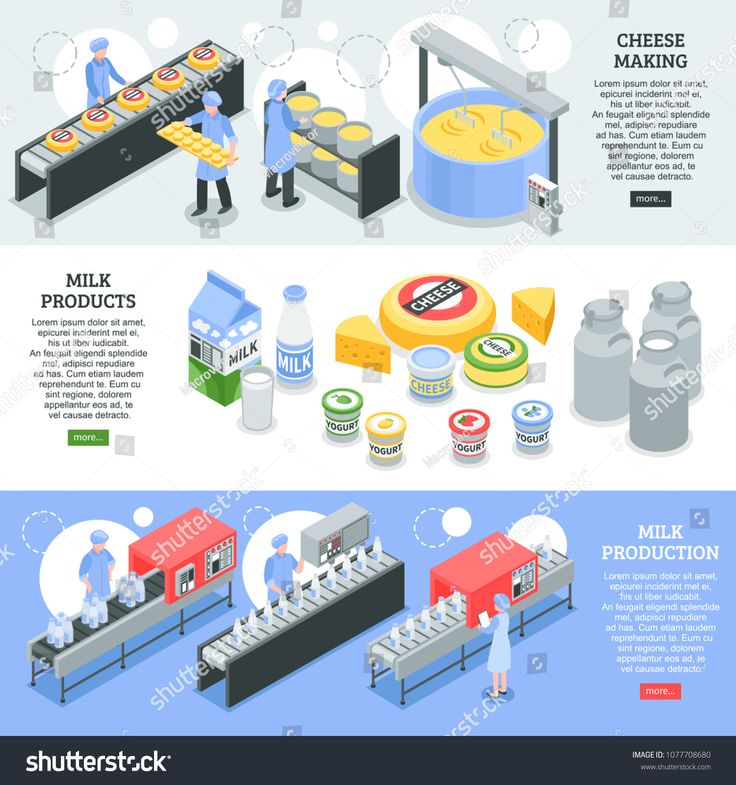
- Place a warm compress on your breasts before breastfeeding.
- Massage your breasts and hand express a little milk.
After you've been breastfeeding for a while, the let-down reflex can happen for many other reasons, like when you hear your baby cry, or you see or think of your baby. It also can happen at the time of day you usually breastfeed your baby, even if your baby is not around.
Role of Your Baby
Your baby helps you make milk by suckling and removing milk from your breast. The more milk your baby drinks, the more milk your body will make. Frequent breastfeeding or milk removal (8-12 times or more every 24 hours), especially in the first few days and weeks of your baby's life, helps you make a good milk supply.
Your milk will continue to vary according to your baby's needs. Each time your baby feeds, your body knows to make more milk for the next feeding. The amount of milk you make will go up or down depending on how often your baby eats. By nursing for as often and as long as your baby wants, you are helping your body to make more milk. At first, it might feel like you are doing nothing but breastfeeding. Soon, you and your baby will get into a pattern that works for both of you.
By nursing for as often and as long as your baby wants, you are helping your body to make more milk. At first, it might feel like you are doing nothing but breastfeeding. Soon, you and your baby will get into a pattern that works for both of you.
To increase milk production, it must be stimulated, not subsidized
To increase milk production, it is necessary to stimulate it, and not subsidize livestock, - opinion. In the dairy industry of Ukraine, it will be more effective to stimulate production under the current subsidy scheme than livestock, says Maria Kolesnik, an analyst at the AAA consulting agency.
"We can at least double the production of the amount of milk with the number of livestock that exists today. We need to stimulate the production itself and its productivity," she said at a press conference at the Interfax-Ukraine agency on Friday in Kiev, where the results of a sociological survey of heads of enterprises producing dairy products were published.
We need to stimulate the production itself and its productivity," she said at a press conference at the Interfax-Ukraine agency on Friday in Kiev, where the results of a sociological survey of heads of enterprises producing dairy products were published.
M. Kolesnik also noted: "Incentives for just one head can lead to a reduction not only in the number of livestock, as has happened in recent years, given objective reasons, but also to a reduction in the commercial amount of milk on the Ukrainian market."
In turn, co-chairman of the public organization "Business Council of Ukraine" Mikhail Sokolov said: "If the mechanism that has been operating so far is preserved, then by and large nothing depends on the budget .... Thus, they (funds - IF) they just didn’t get into the budget, and therefore, no matter what happened in the budget, this money went in. Another question is that, according to the new scheme, they should go to the so-called special fund and be distributed from it to the head.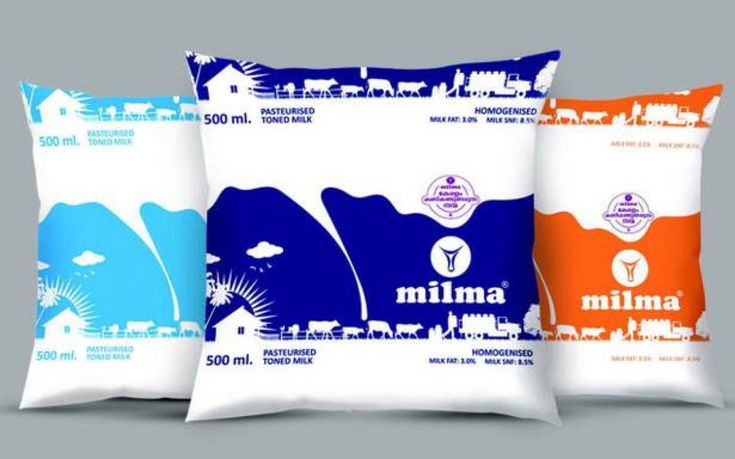 "
"
According to the results of a sociological survey, 62% of milk producers are against the transition to subsidies for cattle, 18% are in favor.
In the course of the survey, 21% of respondents stated that they had not heard about the system of state subsidies, and 55% had heard, but "cannot say anything definite about it."
In addition, the results of the study showed that 55% of respondents prefer to receive a subsidy for each liter of milk delivered, and 25% - for a head of cattle.
The results of the survey indicate that the leaders in productivity growth are the smallest enterprises (up to 50 heads), which increased milk yield per cow by 507 liters per year, and the largest (up to 700 heads) farms, where milk yield increased by 920 liters.
According to the study, the lowest productivity is recorded at enterprises with a headcount of 50 to 300 heads. According to M. Sokolov, 77% of respondents believe that they can increase the volume of milk production without increasing the number of livestock.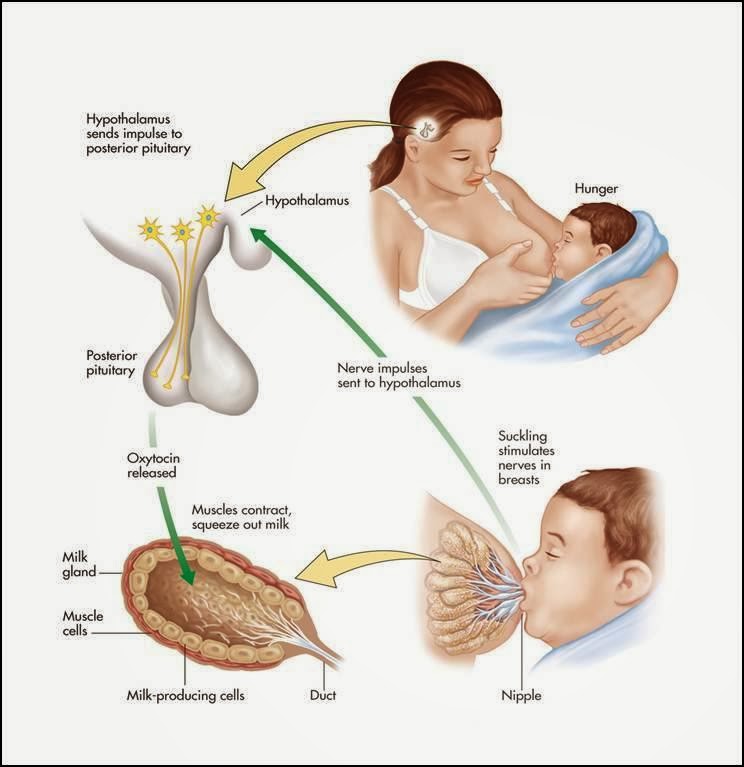
The sociological survey was conducted from October 29 to November 4 by the "Social Monitoring" center on the order of the "Business Council of Ukraine" public organization. 100 respondents, heads of enterprises-manufacturers of dairy products from various regions of Ukraine, were interviewed by telephone interview.
Interfax-Ukraine
Please enable JavaScript to view the comments powered by Disqus. comments powered by DisqusHow to increase milk production during the crisis
Pskov region 08.10.2015
Source: businesspskov.ru
ENRU
Experts are sounding the alarm: Russia seems to be facing a serious dairy crisis.
The overall production of milk in the country is falling, and instead of dairy products, citizens, as a rule, buy surrogates that are not related to milk. So, in the consumer union Roskontrol, after an examination of 26 brands of butter and 20 samples of Russian and Belarusian cheese, they found that about two-thirds of all cheese and butter on the Russian market are counterfeit.
At the same time, some of the samples practically did not contain milk fat. Many manufacturers of dairy counterfeits, in principle, completely excluded the purchase of raw milk.
There are exceptions to the general trend. From year to year, Slaktis LLC (part of the agricultural holding Velikoluksky Dairy Plant) increases its milk yield. Today, Slaktis LLC produces about 170 tons of milk daily at 4 mega-farms, on an annualized basis, this is more than 40% of the milk in the Pskov region. How do we manage to maintain productivity against the background of the crisis, we asked the assistant to the executive director of the company, Tatiana Yakusheva.
- Tatyana, Slaktis LLC is increasing milk production against the backdrop of a decline in production in the industry. What management decisions, possibly made before the crisis, became strategic and allowed Slaktis to minimize the consequences of an unfavorable economic situation?
- A few years ago, the company's management hit the mark when they decided to start cheese production. Cheese making is the “aerobatics” of dairy processing in many respects. First of all, for the manufacture of cheese, it is necessary to use milk of especially high quality in terms of organic properties, acidity, purity, etc. Therefore, a strategy was chosen to implement strict control in production.
Slaktis and Velikoluksky Dairy Plant are two companies within one agricultural holding. They interact with each other on the principle of market relations, so raw materials are purchased at fair purchase prices, there is no temptation to dump prices. American technologies are being introduced on farms, which has a positive effect on working conditions.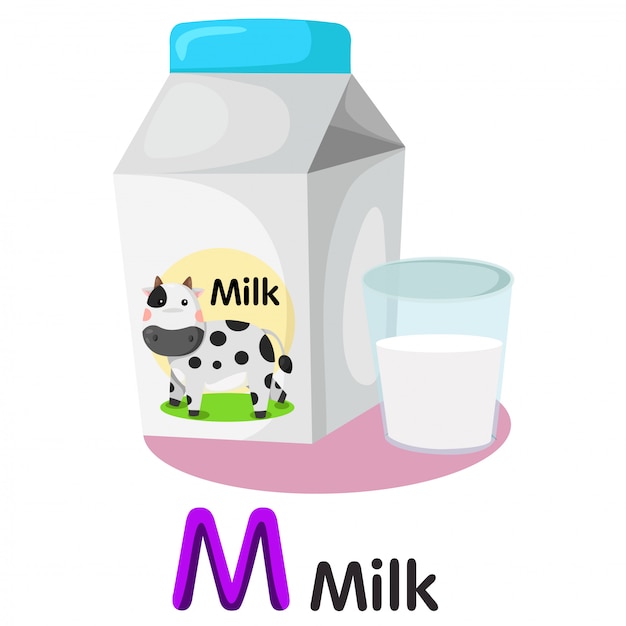 For example, a farm with a population of 2,500 cows is maintained in one shift by 15 employees - this is the department of milking, and reproduction, and calves, and management. Such results can be achieved through automation and the introduction of new technologies.
For example, a farm with a population of 2,500 cows is maintained in one shift by 15 employees - this is the department of milking, and reproduction, and calves, and management. Such results can be achieved through automation and the introduction of new technologies.
There is also a personnel motivation system - very transparent, in which everyone understands what they are paid for. Produced more milk of higher quality - earned more. Everything is simple. And everyone understands that the achievement of these indicators is possible only in a team, because the quality of milk depends on the care of animals, on timely feeding, and on the level of veterinary care. The motivation system was introduced a year and a half ago. People appreciated her when her salary began to rise month after month. The effect was not long in coming: after the salary, the quality of milk began to grow.
In addition, Slaktis LLC closely cooperates with American specialists. They come to the factory three to four times a year, helping to introduce something new.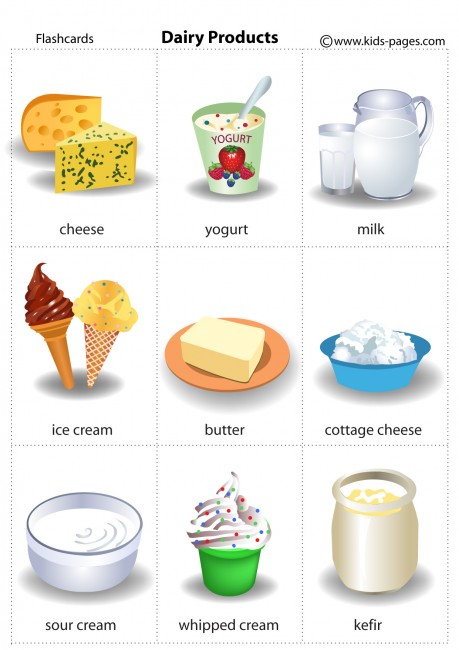 We learn from the best, and get results accordingly.
We learn from the best, and get results accordingly.
- A competent choice of cattle allows you to maintain and increase the productivity of the herd. How and where do you select farm animals? How carefully are you approaching the preparation of feed, are you working on improving the genetics of the herd?
We don't buy livestock. Slaktis LLC has the status of a breeding reproducer. We specialize in the Holstein-Friesian breed - it is the leader in quality and quantity of milk, this breed is most suitable for production. Animals were brought in 2008 from Australia, now six generations of animals live on farms. Australians feel great. We work on young stock - we use American fresh-frozen semen of purebred Holstein bulls.
For each complex, its own system for improving genetics has been developed, for each cow an individual selection of a bull is carried out: there are less and less shortcomings in calves from generation to generation.
- How important is the technological component of production? How is the infrastructure of the complexes being modernized?
- Without constant modernization, of course, the results would be different.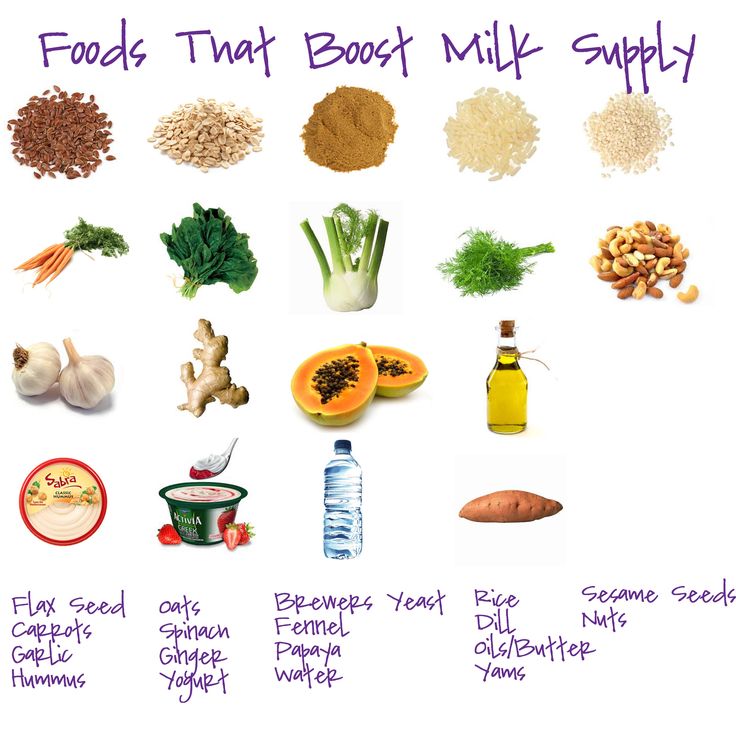 Thus, the park of agricultural machinery was recently updated. Since we grow our own animal feed, we were faced with the challenge of optimizing the harvest.
Thus, the park of agricultural machinery was recently updated. Since we grow our own animal feed, we were faced with the challenge of optimizing the harvest.
Agricultural machinery is used across the entire front of fodder harvesting - from planting to laying in a silo trench, where fodder is stored in winter. The quality of feed is monitored daily, before each feeding. Each group of animals has its own balanced diet, which depends on the life cycle. For example, a calf, which needs strength for growth, has its own nutrition, while a high-bred heifer, from which milk rich in protein is required, has its own.
A novelty in Russian conditions is the use of American Dairy Comp technology: with the help of the program, we can track everything related to the herd, as well as plan future steps - to understand how much the livestock will increase in a month, quarter, year ... Now each farm contains an order 2500 cows, each of them has a passport, which reflects the genealogy, milk yield.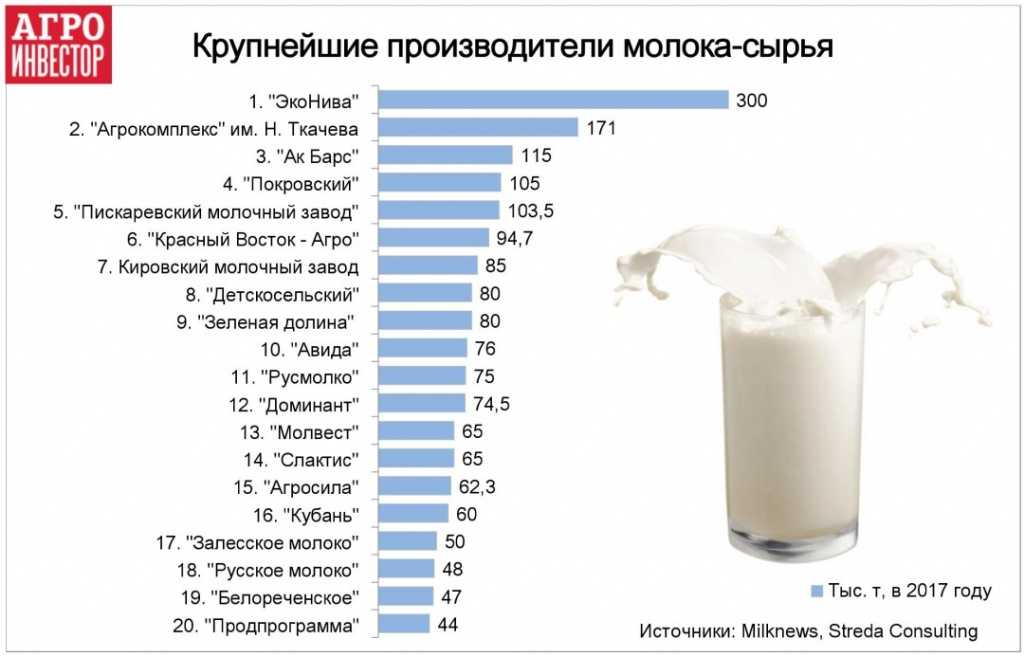 If something has changed according to any indicators, the program will signal this.
If something has changed according to any indicators, the program will signal this.
In a crisis situation, Slaktis LLC also enjoys state support and subsidies. But this is not enough to stay afloat. In this sense, the idea of creating an agricultural holding turned out to be productive: the organizations that make up it help each other; the situation is ideal: the buyer always has a supplier, and the supplier always has a buyer. Many Russian producers have found themselves in a trap, lacking raw materials, due to the specifics of the industry: a cow must first give birth to a calf, feed it - the whole process takes about three years. In this situation, we have created a safety cushion for ourselves: we always have a raw material base, and we continue to improve it.
Popular topics
hot topic
10.04.2023
As in Russia: Kazakhstani milk processors expect falling prices for raw materials
Purchasing prices for milk in Kazakhstan are now about 250 tenge per liter.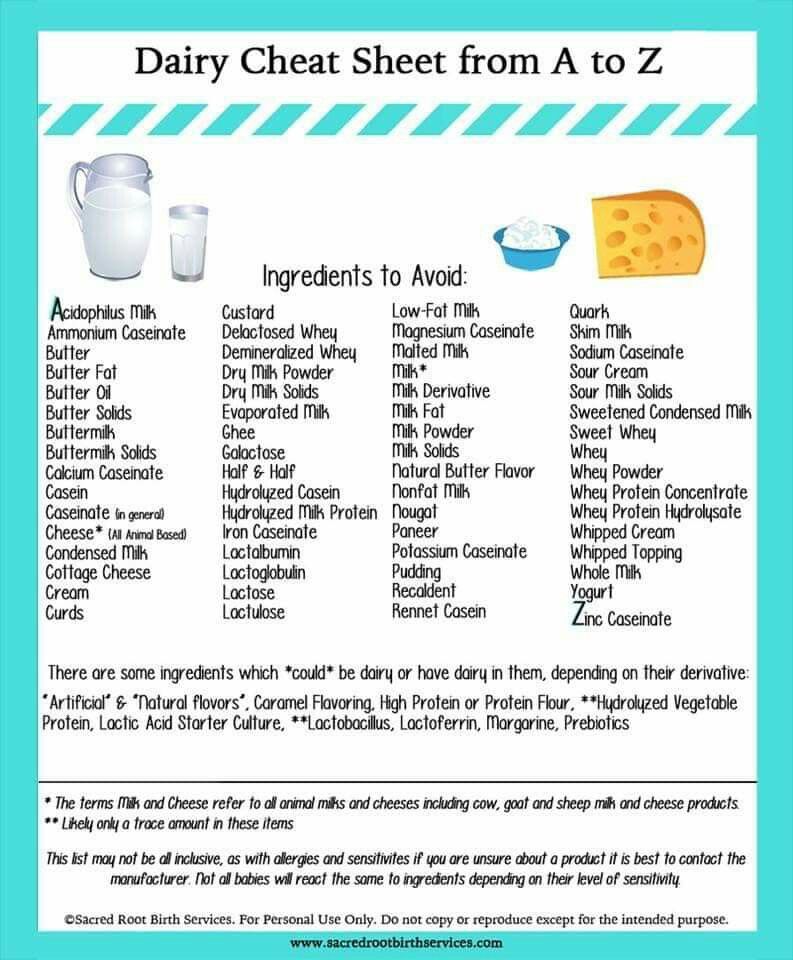 Local processors expect that the cost of raw materials in the domestic market will fall under the pressure of cheap Russian raw and powdered milk. Correspondents of The DairyNews figured out when this will happen and what consequences it can lead to on the market.
Local processors expect that the cost of raw materials in the domestic market will fall under the pressure of cheap Russian raw and powdered milk. Correspondents of The DairyNews figured out when this will happen and what consequences it can lead to on the market.
Analytics
12.04.2023
How did India come to import milk?
04/10/2023
Dairy Index DIA decreased by 57 kopecks amid lower export prices for Belarusian dairy products
Vladimir Zhiltsov, chairman of the stud farm-collective farm "Avrora"
The milk market is cyclical. The last crisis, I remember, was in 2018, but in 2022, a liter went up by 23%. That's why we don't panic. Now the volumes of the raw milk market will decrease (some will slaughter cattle, some will underfeed), then there will be a shortage, after which everything will go in a new circle.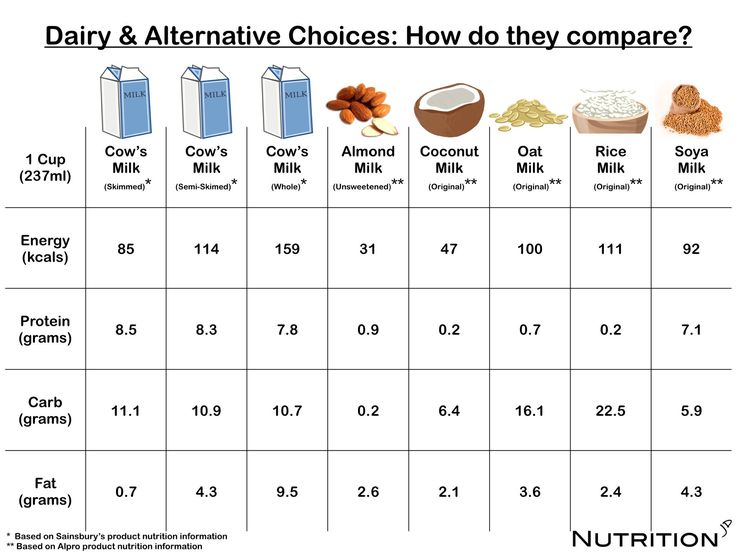
Ivan Sauer, General Director of the agricultural firm "Rodina"
No one will go to raise virgin soil from the city. Those who left, they left forever. I'm just scared if we do not take drastic measures, what awaits us in ten years.
Ludmila Karnyushkina, Head of Marketing and Assortment Management Department, TS Europe
The modern buyer is very selective, he wants to have a guaranteed high quality, he prefers a fresh product - today's milk or kefir, yesterday's maximum. When choosing products, there is also another clear trend - a commitment to a local manufacturer.
Tatyana Gordeeva, Director of Development and Sales Department, Neos-Ingredients LLC
If earlier most of the modified starches were imported from Europe, then at the time of their inclusion in the sanctions list, no one could figure out what to do next.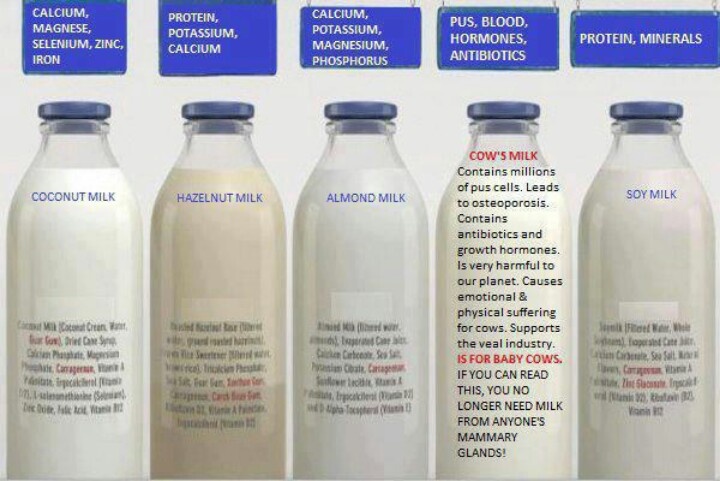 Because, in principle, modified starches were not imported into Russia from countries other than European ones.
Because, in principle, modified starches were not imported into Russia from countries other than European ones.
Andrey Dakhnovich, Chairman of the Board of Directors of the Elansky and Semikarakorsky cheese-making plants
We see that if there are no shocks in the market, then the existing trends - the growth of milk production, the weak purchasing power of the population, the virtual absence of exports of dairy products to non-CIS countries - will lead to a decrease in the purchase cost of milk.
Igor Baringolts, Chairman of the Board of Directors of RM-Agro
We are developing a project for a hay dehydration plant, which is being promoted by the Association of Hay and Feed Exporters - we see the future behind this, because high-quality hay allows us to make high-quality feed for animal health and increase milk yield.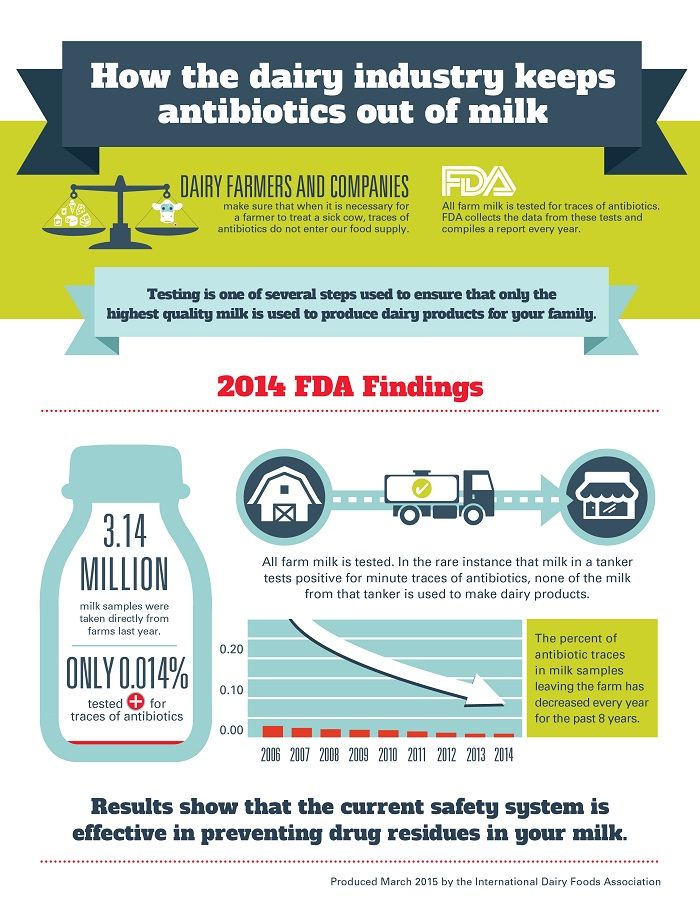 At the same time, today a ton of hay costs twice as much as a ton of grain - this is also a separate type of business.
At the same time, today a ton of hay costs twice as much as a ton of grain - this is also a separate type of business.
Igor Moskovtsev, General Director of JSC "Korenovsky MKK"
The production of cheese curds is loaded at 100%. And we plan to increase production volumes, carry out reconstruction, install new equipment in order to maintain the entire range of produced curds in the right amount. This category is fresh, expiration dates are limited, so you need to produce everything at once. I think we'll manage.
Igor Eliseenko, General Director of MolSib
In milk production among farms, the process of consolidation has been going on for a long time, and nothing will change radically. Small and inefficient farms will either be sold or abandon animal husbandry in favor of crop production. As for processing, in my opinion, we should not expect a serious reduction in enterprises here. Everyone prepared for the situation in whatever way they could, huddled, found their own ways to sell products, perhaps even gray schemes.
Small and inefficient farms will either be sold or abandon animal husbandry in favor of crop production. As for processing, in my opinion, we should not expect a serious reduction in enterprises here. Everyone prepared for the situation in whatever way they could, huddled, found their own ways to sell products, perhaps even gray schemes.
Alexander Zernov, General Director of Pöttinger LLC
In order not to find yourself in a situation where your expansion is hindered by the level of equipment, you must take as a basis the goals that the economy sets for 3-5 years. This is the optimal horizon, taking into account the depreciation of equipment and the development of technologies. The realistic life of the equipment is 7 years, the maximum is about 10.
Elena Kruk, Head of Communications Department of JSC "Golden Meadows"
Many suppliers of packaging and spare parts for equipment have switched to prepaid relationships with manufacturers, which entails additional unforeseen costs on the part of the dairymen.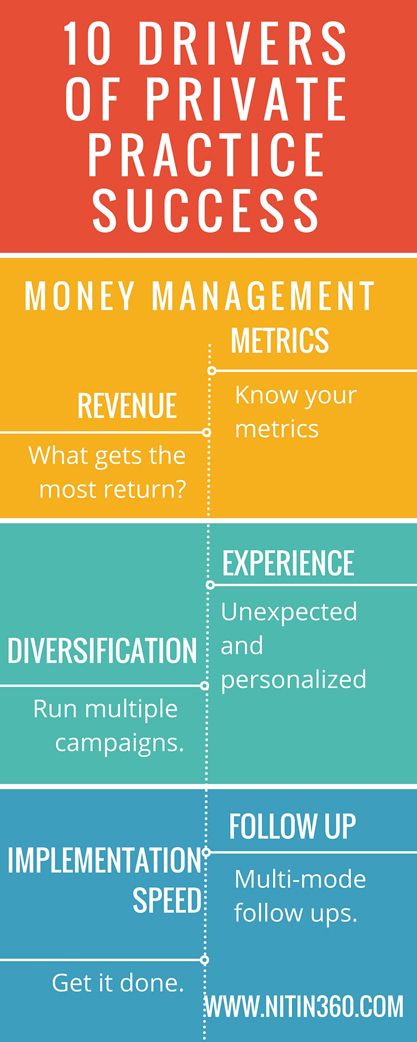 We had to revise budgets in order to purchase packaging. The cost of packaging has doubled, its cost reaches 15% depending on the product.
We had to revise budgets in order to purchase packaging. The cost of packaging has doubled, its cost reaches 15% depending on the product.
Dmitry Mironchikov, independent dairy market consultant
Everyone has their own vision of milk prices: processors want a lower price, producers want a higher one. It's always like that. Personally, I do not see any prerequisites for a rise in prices for raw milk next year, but I do not see any reasons for a decrease either. There should be some stability in general, at least the first three quarters.
Alena Krekoten, chief technologist of Ice Plus LLP
At first, the farmers did not understand what we wanted from them at all. What kind of indicators are these: somatic cells, QMAFAnM, bacteria contamination ... But over time they got used to it, got involved. And those who do not pass in terms of quality were eliminated on their own, because they began to pay less. And for high-quality milk, on the contrary, we raised the price. And the producers have a healthy motivation. Any sane person understands: "Why "chemical" when you can make normal milk - and get a good price?"
What kind of indicators are these: somatic cells, QMAFAnM, bacteria contamination ... But over time they got used to it, got involved. And those who do not pass in terms of quality were eliminated on their own, because they began to pay less. And for high-quality milk, on the contrary, we raised the price. And the producers have a healthy motivation. Any sane person understands: "Why "chemical" when you can make normal milk - and get a good price?"
Svetlana Kuzmicheva, Development Director, MLK Group
We do not accumulate anything in an attempt to "catch the wave" of prices. We have our own development strategy, we clearly understand that there are stock fluctuations, but keeping something in stock and then trying to sell it is not about us. In our opinion, it is not very expedient to keep money in warehouses.
Armen Khurshudyan, Production Director of Ice LLP
Of course, genetics plays a very important role. But genetic potential is one thing, and how it is realized is another. And it depends on how good farmers we are. The fact that we took the best genetics does not mean that the cow should give us something. If you asked me what the biggest problem of all cows is, I would say that they are farmers. We create most of the existing problems for the cows ourselves.
Gennady Zenchenko, Chairman of the Board of the Meat and Dairy Union of Kazakhstan
Who from the Ministry of Agriculture even thought - who will work? Where are the doctors in the countryside? Where is the person who will go directly to the cow? We have one farm after another "burning" from brucellosis, from foot-and-mouth disease - without having time to receive subsidies to the end.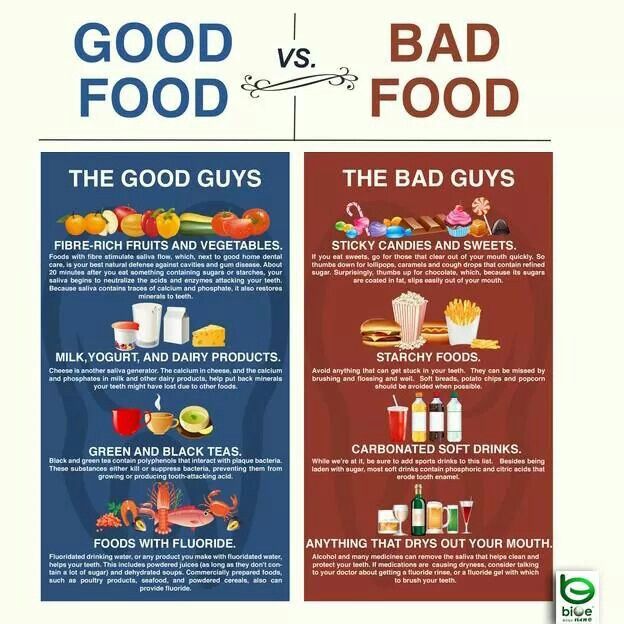
Vladimir Labinov, Minister of Agriculture of the Republic of Karelia
Identification must be - this is an axiom that is not subject to discussion. We will try to keep up in this direction, support it in every possible way and implement it at home. In Karelia, the livestock is small, it has long been identified. We have no problems with this at the level of the republic. Another thing is how this system will work on a national scale.
Igor Eliseenko, General Director of Molsib
I do not know a single leader in the industry who would throw up their hands and say that they will not do anything else. A business can be closed, but it is almost impossible to restore it, especially for dairy farms where livestock is kept and trained personnel work.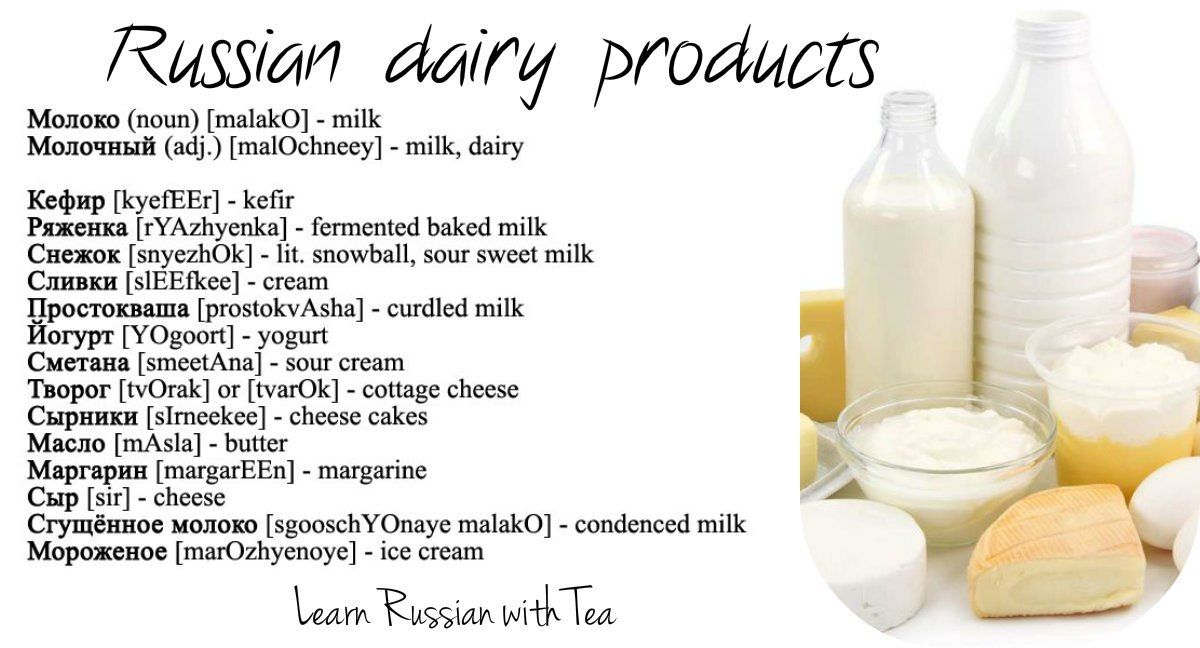
Lyubov Guseva, director of Liton
Now we have switched completely to Russian raw materials. We tried to level out all the shortcomings in the film, since this is a rather capricious package, with its own shortcomings, for example, when welding. We did everything to level out shortcomings in equipment, in the qualifications of personnel at dairy plants. That is, the efforts of both parties were required here, and the film also had to be slightly adapted at the dairy plant.
Olga Kosnikova, food technologist, popularizer of science
It often happens that ordinary employees, not technologists, do not have sufficient knowledge about the product, simply because their activities have a different specificity.
